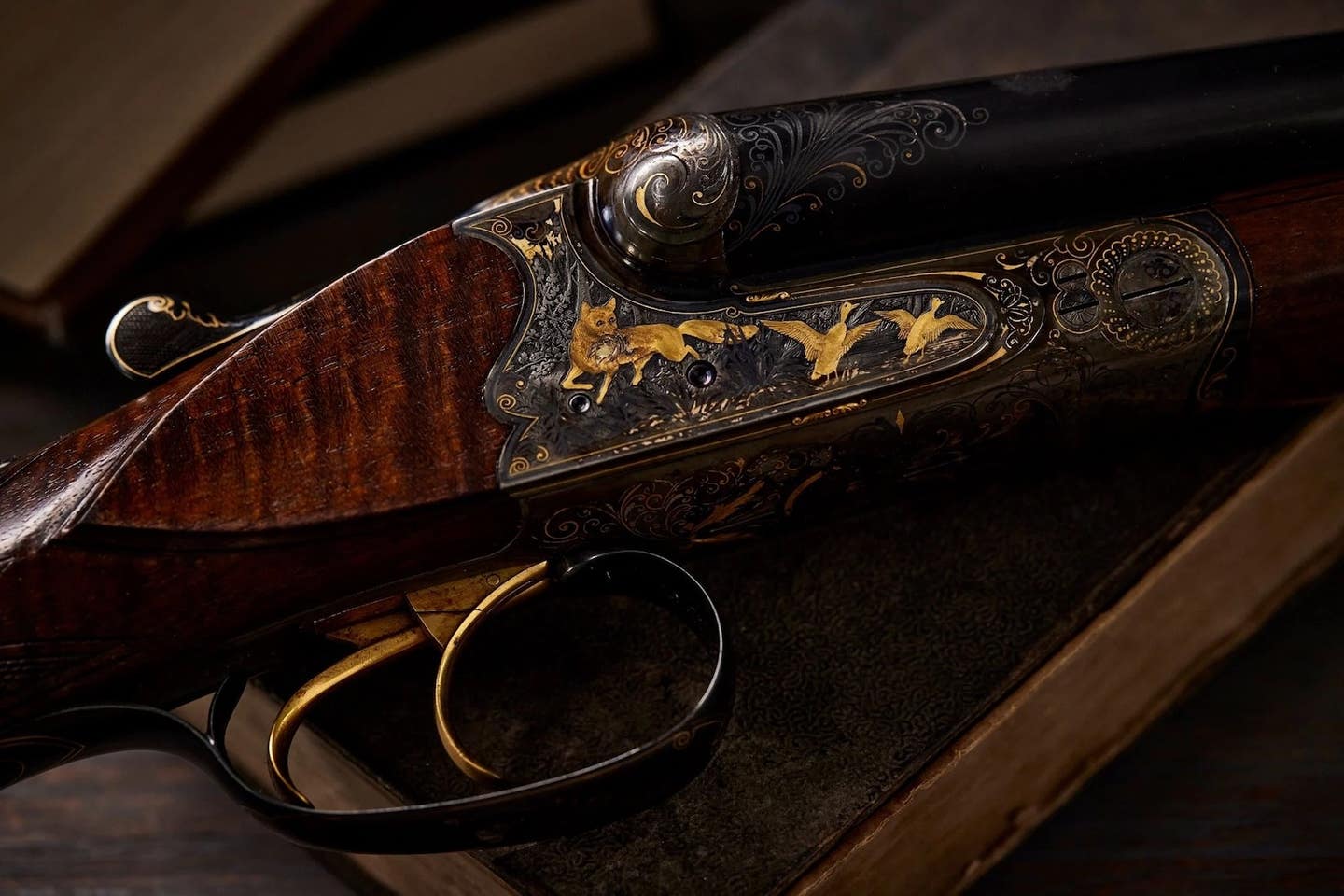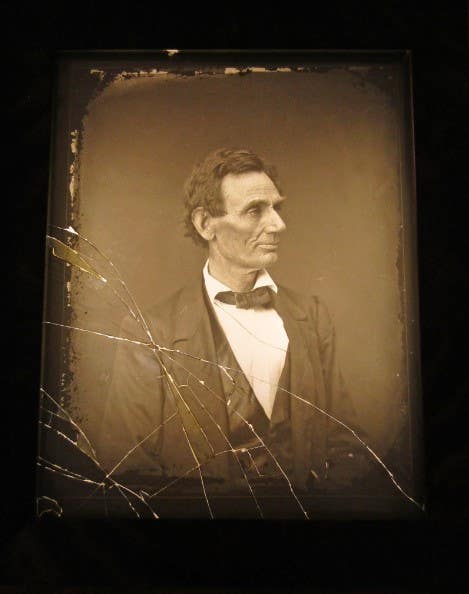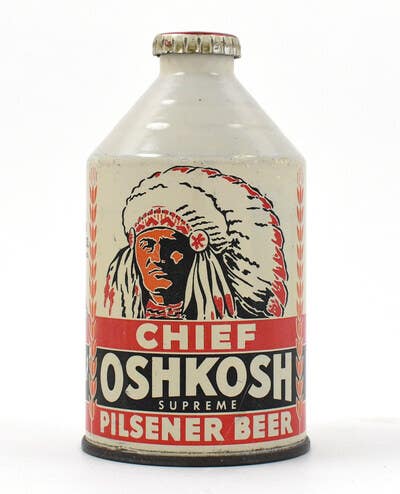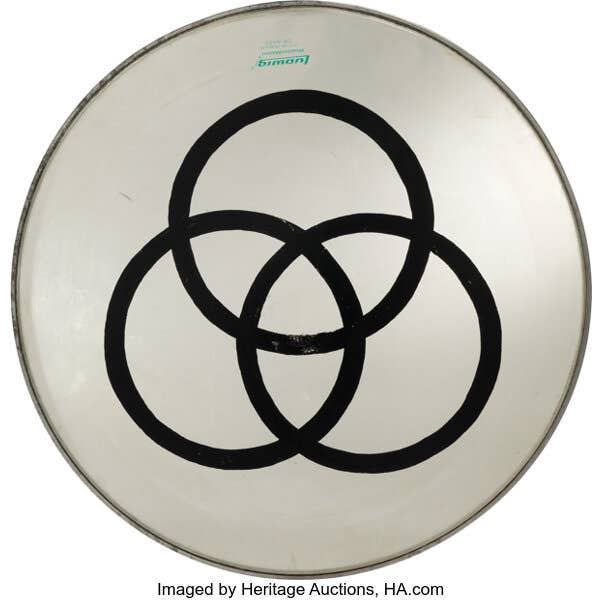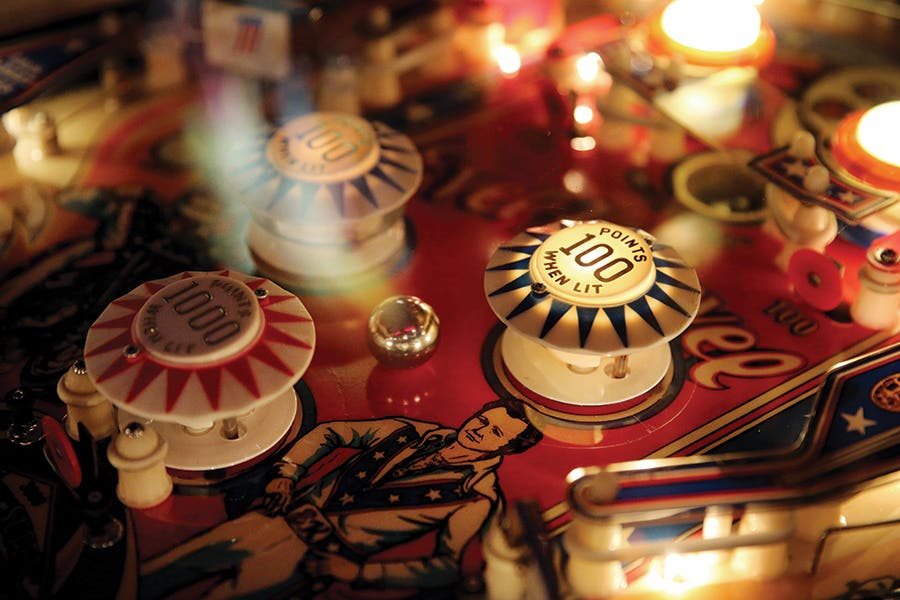Vintage compacts reflect changing styles
Decorative compacts, small vanity cases containing powder, lipstick, mirrors, or more, were fashionable from the early 1900s through the 1960s.
Decorative compacts, small vanity cases containing powder, lipstick, mirrors, or more, were fashionable from the early 1900s through the 1960s. When they fell from use, most were relegated to grandmothers’ dresser drawers and attics.
Vintage Compacts: Beauty by design
Simple or sumptuous, compacts reflect not only the evolution of design, but also women’s age-old fascination with beauty. The fair sex has long used paints and powders, stored in glass, wood, bone, or gold containers, to lighten their skin and brighten their cheeks.
Though cosmetics were often dangerous or deemed vulgar and improper over time, British and American women, by the mid-1880s, often indulged discreetly. Scores created rouge, rice-based “pearl powder,” and lip balms from formulas gleaned from popular magazines and newspapers.
Others fought the ravages of time with ready-made goods packaged in wooden or cardboard ‘toilet’ boxes, which were marketed as beneficial for health.
By the turn of the century, working women often slipped thimblefuls of rouge or loose complexion powder into tiny metal containers, hatpins, or lockets for timely touchups. In 1910, as public preening became more acceptable, the Cleopatra Vanity Company introduced glamourous, gilt, loose-powder, portable vanity boxes. They marketed their contents as cosmetics – beauty aids.
Five years later, Pozzini, another early American cosmetic company, marketed the decorative metal Boodle Box, which featured cakes of practical compacted powder.
The Roaring Twenties
The compact craze reached a crescendo in the Roaring Twenties, when bobbed-hair flappers slipped them from beaded pouches to primp and preen.
Scores of these charming vintage compacts depicted stylish, enameled geometric Art Deco or Oriental designs.
Others, shaped like sphinxes, pyramids, or obelisks, marked the exciting 1922 discovery of King Tut’s tomb. Lightweight celluloid finger-chain or wristlet compacts, allowing dancers to shimmy without losing a beat, were trendy too.
At the same time, many compact manufacturers, including the Zinn Corporation, sold hundreds of thousands of unbranded, decorative vanity cases to the retail jewelry trade, perfumeries, and cosmetic companies, who marketed them as their own.
After the 1929 crash
During the Depression, when sturdy pocketbooks replaced delicate flapper pouches, “flapjacks,” flat, wide compacts, initially designed for dressing table use, were introduced. These remained popular through the 1940s and ’50s as well. Silver plate, wood, and enameled ones can be found for well under $100 today.
From then on, compact case designs were updated regularly to reflect changing trends and fashions.
When smaller, sleeker models came into style, many women purchased several inexpensive ones, interchanging them to suit not only their outfits, but their fancies.
Classic enameled and metallic ready-made beauties, shaped like circles, oblongs, squares, or scallop shells, were popular choices.
The impact of easy transit
As rail service expanded and access to automobiles increased, travel-themed compacts which, in use, brought back memories of places hither and yon, multiplied. These common inexpensive novelties often featured repoussé images of flowers, historical monuments, or shields commemorating places as diverse as Native American trails, Niagara Falls, or the Eiffel Tower.
The wealthy usually preferred novelties which, like their other accessories, radiated social and visual appeal. American-made ones, like a Coty compact that cunningly resembles an envelope or a black enameled Volupte, depicting an undulating keyboard with musical notes, that plays the Broadway showtune ‘Oklahoma,’ were all-time favorites. The well-to-do also commissioned custom-made, one-of-a-kind compacts in any size, shape, material, and design that their hearts desired.
During World War II, servicemen often gave patriotic-themed, enameled “sweetheart” compacts, emblazoned with images of the American flag, army emblems, or battle insignias, to their honeys back home. Afterwards, when plastics were repurposed for civilian use, compact production rocketed. Lightweight Lucite (high grade acrylic), for example, was not only molded into a variety of compact shades and shapes, but could also easily duplicate costly, hand crafted designs. Like cosmetic packaging and advertising, powder compacts became more sophisticated.
Postwar cosmetics
By the early 1950s, however, stylish cosmetic companies, like Max Factor and Helena Rubenstein, began marketing inexpensive, refillable or disposable compacts. Gradually, as pale skin became fashionable, facial powder was eclipsed by foundation, eye shadow, mascara, eyeliner, lipstick, and blusher. Moreover, with the introduction of long-lasting products like kiss-proof lipstick, women had less need to touch up their makeup. In the early 1960s, when the “natural look” came into style, compacts slowly faded from use.
Because of their quality and beauty, antique compacts made elegant gifts, observes Danielle Boyd, co-founder and customer relationship manager at The Vintage Compact Shop [thevintagecompactshop.com]. In her experience, husbands, suitors, and friends often purchase British luxury ones to mark special occasions like weddings, anniversaries, or the birth of a child. This is because they are not only fully hallmarked, but precisely dated. Heart-shaped, petit point, and musical compacts are particularly romantic, she adds.
Values of vintage compacts
Antique compacts vary in price according to rarity and theme condition. In addition, because most were well used, those containing original components intact are especially desirable. Such components include pouches, powder, puffs, mirrors, and sifters.
The pinnacle for any collector – a solid gold compact set with gemstones, created by an exceptional jeweler like Cartier, Hermes, Van Cleef & Arpels, or Boucheron during the 1920s and ’30s – may currently approach $20,000 at auction. Luxurious, sterling silver ones in top condition, by jewelers such as Asprey, Walker & Hall, or Tiffany, begin at around $250 each. Beautifully engraved, far more affordable, brass compacts by Coty, Elgin American, Djer Kiss, or Regent of London, currently begin at around $100.
Yet, observes Prudence Hopkins, head of accessories, Sworders Fine Art Auctioneers, “There is a huge range of compacts for collectors on a more limited budget. Many, decorated with delicate designs featuring flowers and birds, can be picked up for as little as $15 to $25.”
“Prices for compacts in general have leveled out over recent years,” she adds, “which means that now is the perfect time to start collecting. Prices are easier to predict and so, with careful curation, an interesting collection needn’t break the bank.”
These charming collectibles can be found in antique shops, through auction houses, at flea markets and estate sales, as well as online.
AntiqueTrader.com is a participant in the Amazon Services LLC Associates Program, an affiliate advertising program designed to provide a means for sites to earn advertising fees by advertising and linking to Amazon.com and affiliated websites.



